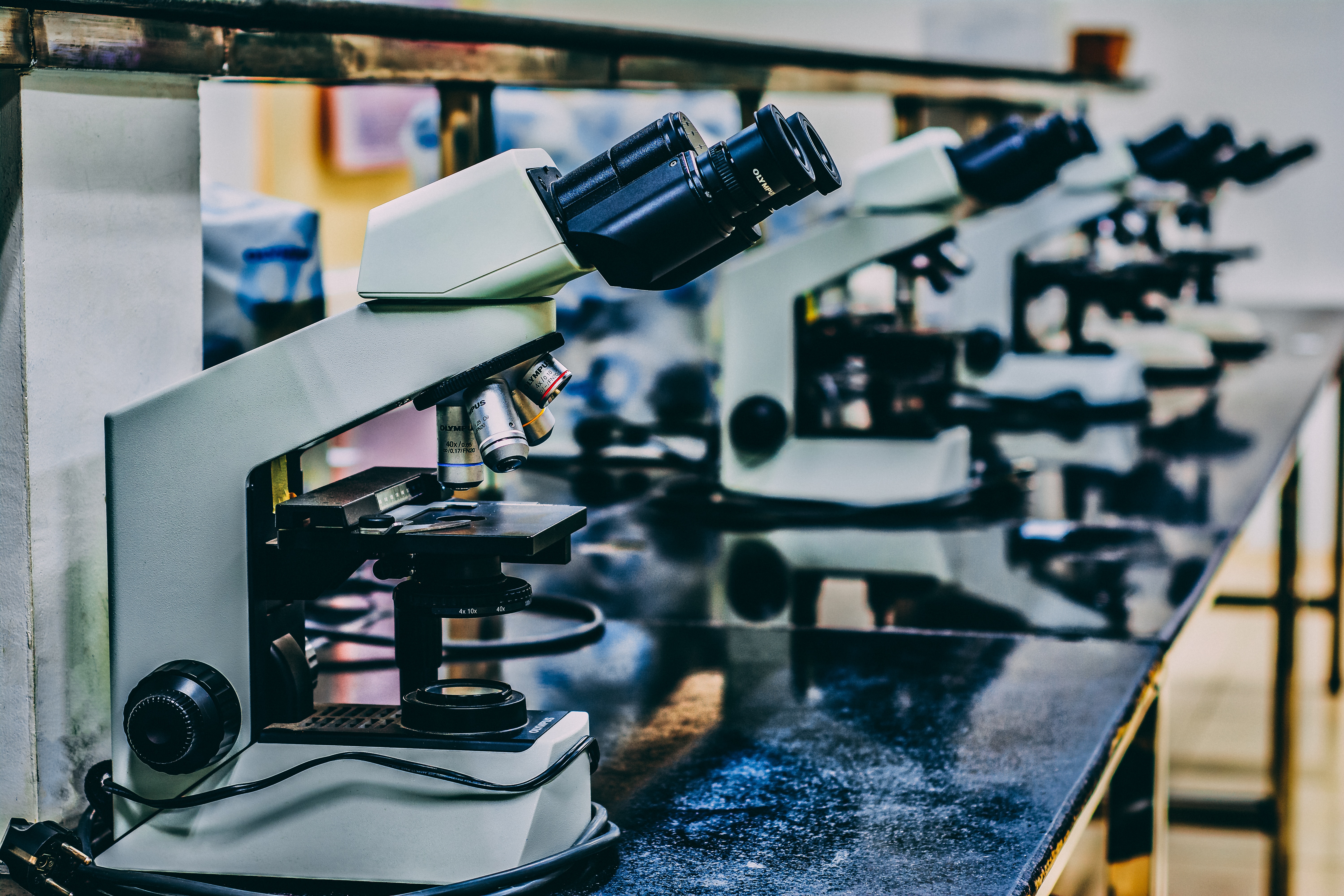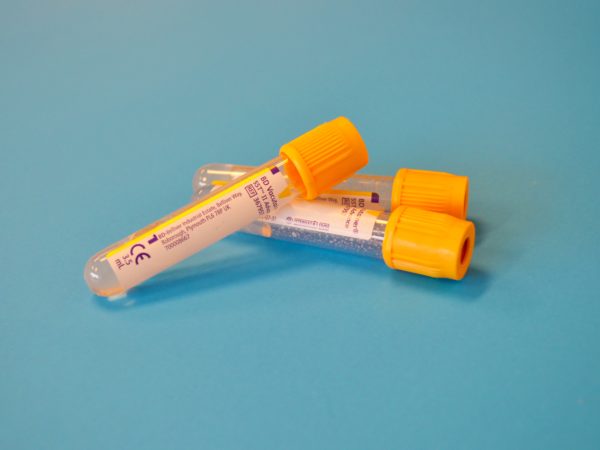Platypus milk has the potential to offer new treatments for bacterial infections that have become resistant to existing medications.
Dr Julie Sharp, Senior Research Fellow at the Institute for Frontier Materials (IFM), has been researching the milk of monotremes – platypus and echidna – for the past 10 years.
Monotremes are unusual mammals because they lay eggs and do not have teats.
The young are very underdeveloped and lack an immune system when they hatch, relying on their mother’s milk for all aspects of development.
They also use the most primitive form of lactation that is still in existence – the young lick the milk directly from the mother’s belly where it is excreted like sweat.

“I decided to look at the milk of platypus because not much is known about it and I was curious to see what was in the milk that allowed this animal to survive despite its messy way of reproducing and feeding its young,” says Sharp.
“The young are exposed to a lot of microorganisms and the milk is their only source of nutrition and immune protection.”
Dr Sharp and her team looked at the top 20 proteins found in the milk and discovered five that had never been identified in any other milk, nor were they even similar to any known milk proteins.
“We tested one of the most highly expressed unknown proteins and found that it had antimicrobial properties. It acted to kill two common bacteria – staphylococcus aureus, which causes golden staph infections; and enterococcus faecalis, found in faecal matter.
“We then looked at the structure of the protein to see if there was something about its shape that gave it its unique properties,” says Sharp.
Researchers at the CSIRO used a synchrotron to characterise the protein and found an unusual three-dimensional fold that they dubbed the ‘Shirley Temple fold’ due to its ringlet shape.
“The next step was to discover the mechanism by which the protein works and the role of the Shirley Temple fold. This may help us understand how this protein can be used as an antimicrobial in humans,” says Sharp.
“Proteins are very unstable and break down quickly when exposed to the body or during transport. In order for a protein to work as an antimicrobial, it needs to reach the site of infection intact. Until recently we had no way to achieve this.”

It was when Dr Sharp started working at Deakin’s Institute for Frontier Materials (IFM) on other projects that she found the solution to the protein delivery problem.
“The researchers at IFM have developed short polymer fibres that can be used to stabilise proteins. The fibres surround the protein and protect it from breaking down.
“These fibres could allow the protein to be delivered via an injection, or put into a cream, before breaking down themselves so that the protein can act at the site of infection.”
Infectious diseases are a leading cause of death worldwide and many bacteria that were once considered to be under control are developing resistance to existing drug treatments.
Although there has been progress in recent years in the development of new drugs, most of these have been modifications of existing antibiotics rather than new chemical classes.
The platypus protein is a completely new antimicrobial class.
“We have only scratched the surface when it comes to the potential of platypus milk.
“We know there is another protein in the milk that also exhibits antimicrobial properties and acts on different microorganisms and we have not even tested the three other unknown proteins,” says Sharp.
“In the next five to 10 years there could be a platypus-derived antimicrobial cream on the market. That would be fantastic!”



